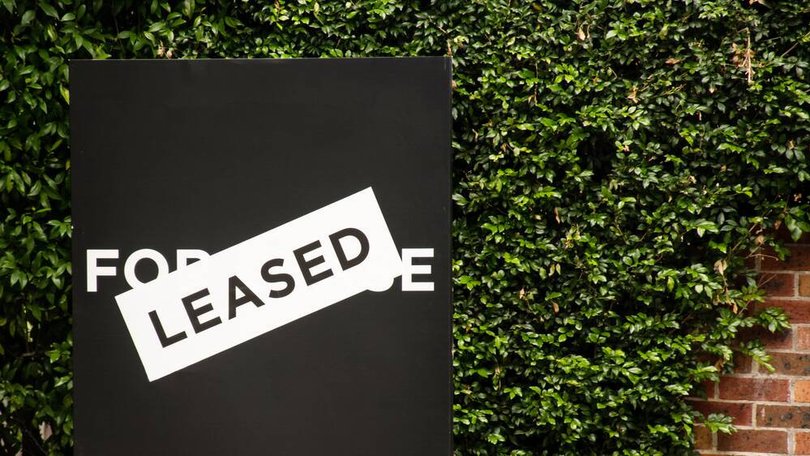Rents rocket while vacancy vanishes

Australia's rental market has slammed the accelerator back on and tenants are feeling the squeeze.
According to the latest data from Cotality, national vacancy rates have plunged to record lows just as rents surge, risking further hardship for millions already stretched to the limit.
Sign up to The Nightly's newsletters.
Get the first look at the digital newspaper, curated daily stories and breaking headlines delivered to your inbox.
By continuing you agree to our Terms and Privacy Policy.Vacancy crashes to historic low as rent growth reaccelerates
Cotality's Seasonally Adjusted Rental Value Index revealed a 1.4 percent increase in national rents in the third quarter, the most aggressive three-month rise since June 2024, and a noticeable jump from the 1.1 per cent lift seen in Q2.
On an annual basis, rents climbed 4.3 percent over the 12 months to September, up 90 basis points from the four-year low of 3.4 per cent recorded over the year to May.
Cotality economist Kaytlin Ezzy points to a brutal imbalance in the market as the key driver of this rebound: "Ongoing scarcity in 'for rent' listings, coupled with continued strength in rental demand has pushed the national vacancy rate to a new record low of 1.47 % - less than half the pre-COVID decade average of 3.3 %."

She adds: "Limited supply continues to be a major catalyst in rising rents, with the number of rental listings tracking approximately 25 % below the previous five-year average nationally for this time of year."
"Supply is particularly tight in the unit sector, especially in Sydney, which recorded both a new record low vacancy rate across its unit sector and broader dwelling rental market in September at 1.35 % and 1.64 % respectively."
Despite investor activity in home lending in recent years, Ezzy noted it has not translated into more rental stock.
Capitals now breach $700 - regional rents closing in
The tight squeeze is pushing capital city rents into uncharted waters. The median weekly rent across combined capital cities has officially smashed through the $700 mark, reaching $702 in September. By contrast, regional markets are holding below $600 per week, with a median rent of $591, but the gap is narrowing.
"With the regions outperforming the capitals through the second half of 2024 and into 2025 the affordability advantage offered by regional rental markets has reduced from $123 in May 2024, to $111 in September," Ms Ezzy said.
Sydney remains the national harshest rental market at $807 per week on average, while Hobart continues as the more tolerable option at $584 per week.
Rent spikes may worsen inflation and extend interest pain
Unfortunately for renters, the resurgence in rent growth could infiltrate the broader economy.
"The news that rents are once again rising at a higher rate will be unwelcome news for renters already struggling with the 43.8 percent or $204 per week increase in rents seen nationally over the past five years. But it's probably also unwanted news for homeowners and landlords servicing a mortgage."
Because "rents paid" is a key component in the Consumer Price Index (CPI), the increased pace of rental growth may push headline inflation higher.
"Along with some renewed upwards pressure from the cost of new dwellings, this renewed momentum in rents may lead to inflation exceeding RBA forecasts, which could keep the cash rate elevated for longer," she said.
More income swallowed, more households squeezed
For many renters, these figures are more than metrics, they reflect everyday hardship.
Wages haven't kept up. Renters are now spending a greater share of their post-tax earnings just to keep a roof overhead, a burden that has steadily edged upward.
The contagion of tight supply, soaring rents and inflation risks converges on everyday Australians: families forced to live further out, share houses, downgrade, or simply endure housing stress.

Originally published as Rents rocket while vacancy vanishes
